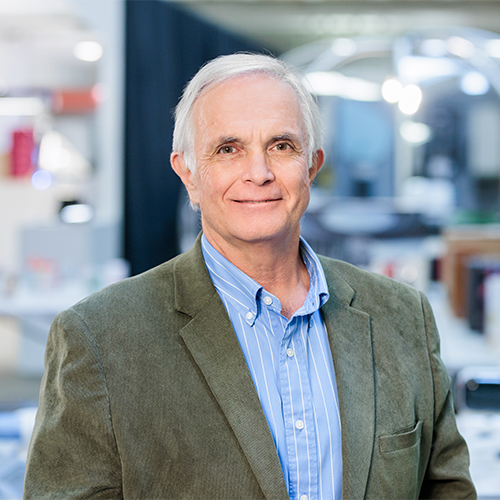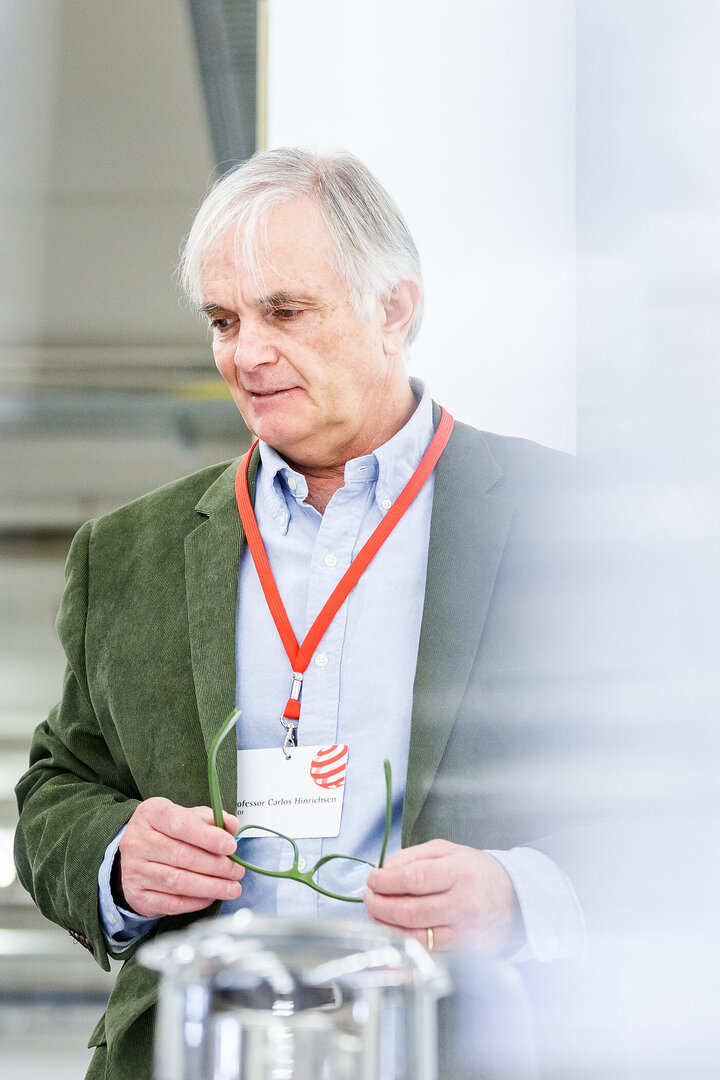Prof. Carlos Hinrichsen
Carlos Hinrichsen graduated as an industrial designer in Chile in 1982 and earned a master’s degree in engineering in Japan in 1991. Over the course of his career, he has consistently focused on the interface between product development, design analysis and innovation. His professional portfolio includes collaborations with Fiat in Turin and renewable energy initiatives in the Canary Islands, where he worked alongside Carmelo Di Bartolo – former CEO of BTS Design Innovation and now founder and CEO of Di Bartolo Design-Research.
From 2014 to 2016, he served as dean of the Faculty of Business, Engineering and Digital Arts at Gabriela Mistral University in Santiago. In 2016, he was appointed senior managing coordinator in the Faculty of Engineering at the Pontifical Catholic University of Chile, where he remained until 2017. Carlos Hinrichsen is currently director of the School of Digital Service Design at the Universidad San Sebastián in Santiago, Chile. The university aims to support the country’s transition from an efficiency-based to an innovation-based economy through projects and initiatives that combine applied research, innovation, business, design, digital transformation, technology and engineering.
In addition to his university commitments, Carlos Hinrichsen served as President of the World Design Organization (WDO, formerly Icsid) from 2007 to 2009 and is now a WDO senator. In 2010, he was awarded the Commander of the Order of the Lion of Finland.

Red Dot in an interview with Prof. Carlos Hinrichsen
Red Dot: Why is it important for engineers and designers to work closely together?
Prof. Carlos Hinrichsen: We live in a world which is as much beaten by digital transformation as it is illuminated by it. People, companies, societies, industries and countries make use of the latest Big Data technologies to improve performance, increase their reach and achieve better results to the benefit of citizens and economies. Due to the high level of complexity of digital technologies, the simplicity of use demanded from these solutions as well as the expectation of a broad scope of domestic and professional applications, the collaboration of both worlds is crucial.
What are the challenges for product designers in today’s world?
The novelty of the Fourth Industrial Revolution lies in the fact that technologies are enabling an unprecedented collaboration between humans and machines, between humans and intelligent systems. This collaboration extends and strengthens our human capabilities – in this process, design plays a key role.
